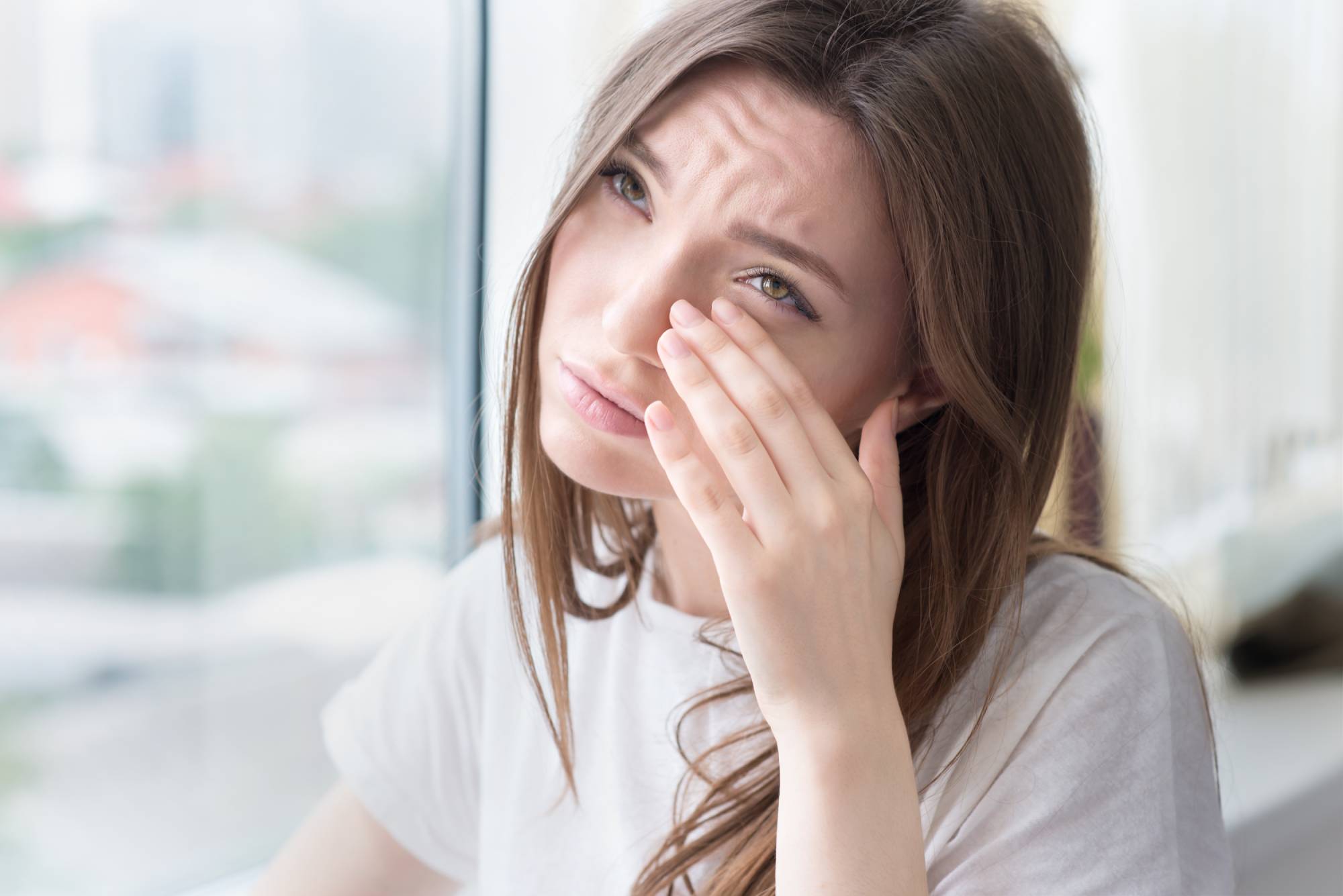Top Treatment Options for Dry Eyes

You may not have heard of dry eyes before, but it is a very real and common condition. The symptoms of dry eyes can be so mild that we don’t realize that we are affected, and they may resolve themselves before we need to seek support from a professional. However, for some people, their dry eye may be a chronic and ongoing problem that causes a range of symptoms that interfere in their day to day lives. The good news is that if you do need help to manage the effects that dry eye is having on your life, there are various treatments available. Here’s what you need to know about dry eyes and the treatments that you may be recommended.
Dry Eyes: An Overview
Dry eyes are a problem that will affect most people at some point during their lifetime. The condition can be caused by a number of different things, including:
- The inability of your eyes to make enough tear film
- Your tear film isn’t made with the right balance of substances to be effective
- The lubrication is draining from your eyes too quickly, meaning that there isn’t enough tear film on the surface of your eyes
- You have a skin condition or disease near or affecting the eyes
- You suffer from allergies that affect your eyes
Risk factors for dry eye
There are many reasons why dry eyes may affect one person but not another. Some of the primary risks associated with the development of the condition. These include but are not limited to:
- Being over the age of 50
- Working or spending time in dry, dusty, windy, artificially heated or air-conditioned environments
- Taking certain medications including some antihistamines, beta-blockers, diuretics, and antidepressants
- Being menopausal
- Having a vitamin A deficiency
- Having undergone laser vision correction surgery
- Having a connective tissue disease
Symptoms of dry eye
If you have persistent issues with any of the following, you may be suffering from dry eye:
- Red eyes
- Sensitivity to light
- Eyes that feel stiff, scratchy or like they are stinging or burning
- Severe eye fatigue
- Difficulty driving at night
- Problems putting contact lenses in your eye and removing them
- Stringy mucus in and around the eyes
Treatment options for dry eyes
Dry eyes tend to be treated in a progressive nature. This means that you will likely start with some of the simplest treatments and, if they are ineffective, you will progress onto more intense solutions to see if they can provide the relief that you need. Some of the treatments that you may be recommended to try could include the following:
Over the counter eyedrops
Likely to be the first treatments that you will be recommended, over the counter eye drops can be very effective at treating dry eyes and many patients will never need to try an alternative solution. These eye drops are available in both preservative and non-preservative varieties, although those with preservatives are typically not recommended for patients who wear contact lenses. They work by adding artificial lubrication to your eyes, and you can typically use them as many times each day as you need to for your eyes to be comfortable. However, they don’t treat the underlying cause of your condition, which may need to be discovered and addressed for long-term relief.
Prescription medications and eyedrops
If over the counter eye drops do not give you sufficient relief from dry eye, you may be offered prescription medications. These may come in the form of prescription eye drops, or as tablets that are taken orally. The goal of these medications is to reduce inflammation of the eyelids, as this will help to ensure that sufficient oil makes it into the tear film, alleviating the symptoms of dry eyes. You may also be given anti-inflammatory eyedrops which work in a similar way.
Eye inserts
Eye inserts are tiny tubes of medication that are around the same size as a grain of rice. These are placed just inside your eyes between your eyeball and lower eyelid. Once situated, they release medications over the course of the day that help to keep your eyes moist and comfortable, alleviating your symptoms.
Punctual plugs
If your eye doctor thinks that your dry eyes are caused by the lubrication from your eyes draining too quickly, you may be asked to try a treatment referred to as punctual plugs. Punctual plugs are tiny devices that are used to block the drainage channels of the eyes so that tear film doesn’t escape too fast. This keeps the moisture on the surface of the eyes for longer so that you no longer experience the symptoms of dry eyes.
Lipiflow
Sometimes dry eyes occur because the glands responsible for producing oil for your tear film become blocked. The best way to counteract this problem is to warm and stimulate the glands to clear the blockage, releasing the oils so that they can become part of the tear film again. Lipiflow is one solution that can help with this. The treatment uses thermal pulsation to heat and massage the ducts so that the blockages are removed. Alternatively, you can use manual methods to do this, such as a warm compress and gentle massage with clean fingers which is easy to do at home and maybe recommended alongside other treatments such as eye drops.
If you are concerned that you may be affected by dry eyes and you would like to find out more information about treatment for this condition, please contact our optometric center.










